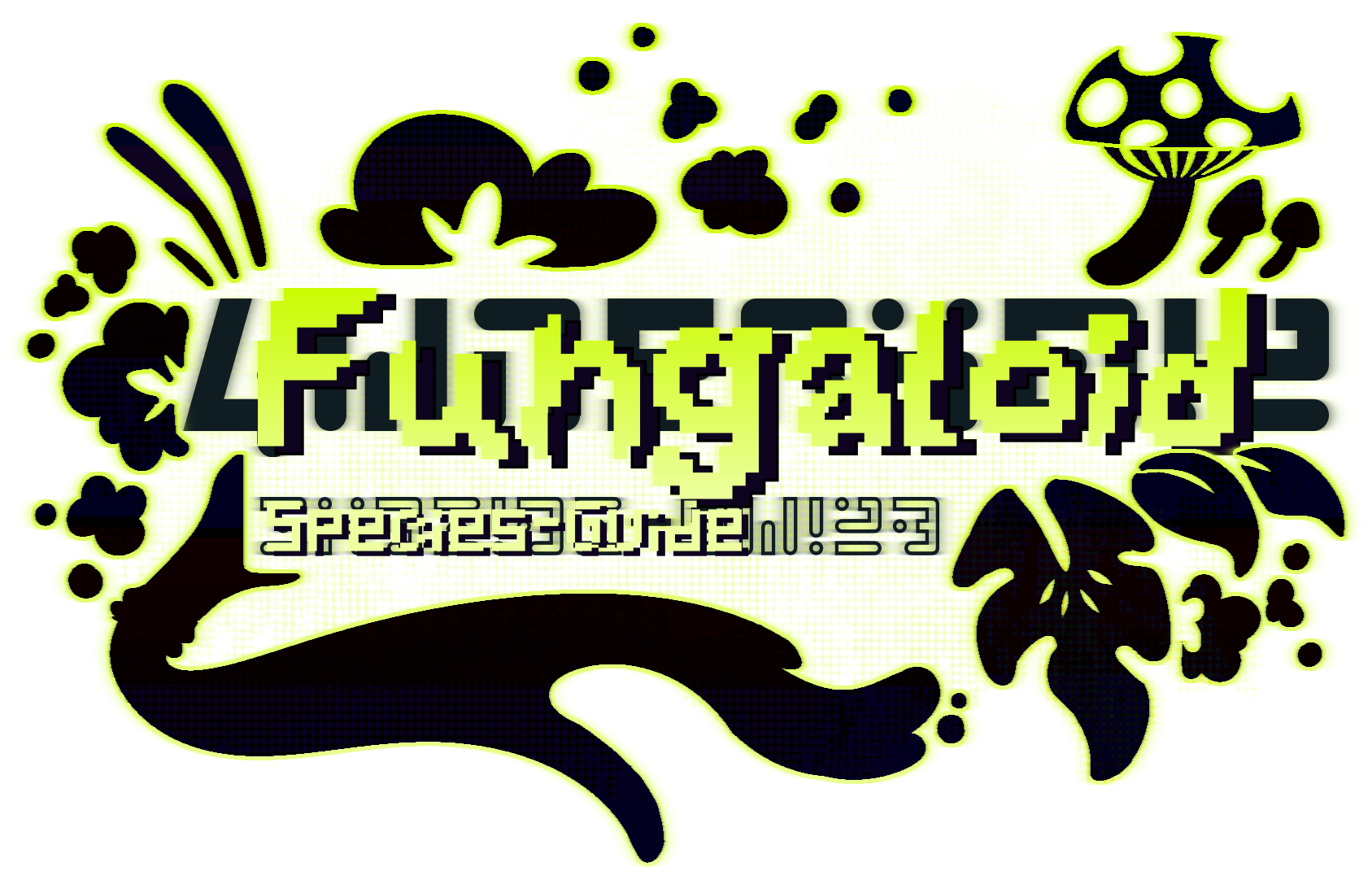
In-Depth Example:Ramcoon
Ramcoon, while not only being a mascot for the 1AMWolfram channel is also
the main face for Fungaloids, being the first Fungaloid to be made!
The making of Ramcoon's current design is what inspired me to make
Fungaloids, its mouldy looking pattern along with mould-eating becoming a
re-occuring joke/theme for the channel is what made me look more into fungi
and what inevitably lead me to the knowledge of Fungi being so overlooked.
One of the main set backs for fungi conservation is the fact that
fungi are pretty uncharistmatically appealing to the average person
compared to something like a panda or the conservation of plant-life
like trees. With this coming down to the dangers that come with certain
fungi like toxic mushrooms or mould with fungi species often being
associated with dirty places or with them being invasive to your home.
Fungaloids strive to make fungi more appealing by characterising them!
Despite Ramcoon being partially made of of these toxic and harmful moulds,
it is still very beloved as a character, hopefully veiwers of the channel
will think of fungaloids like Ramcoon when encountering fungi and will
instead look towards conserving these vital species instead of
villainising them.
note: despite how huggable Ramcoon may be, do not attempt to hug
mould irl, while the species may be cool, they are still dangerous to the
human body!
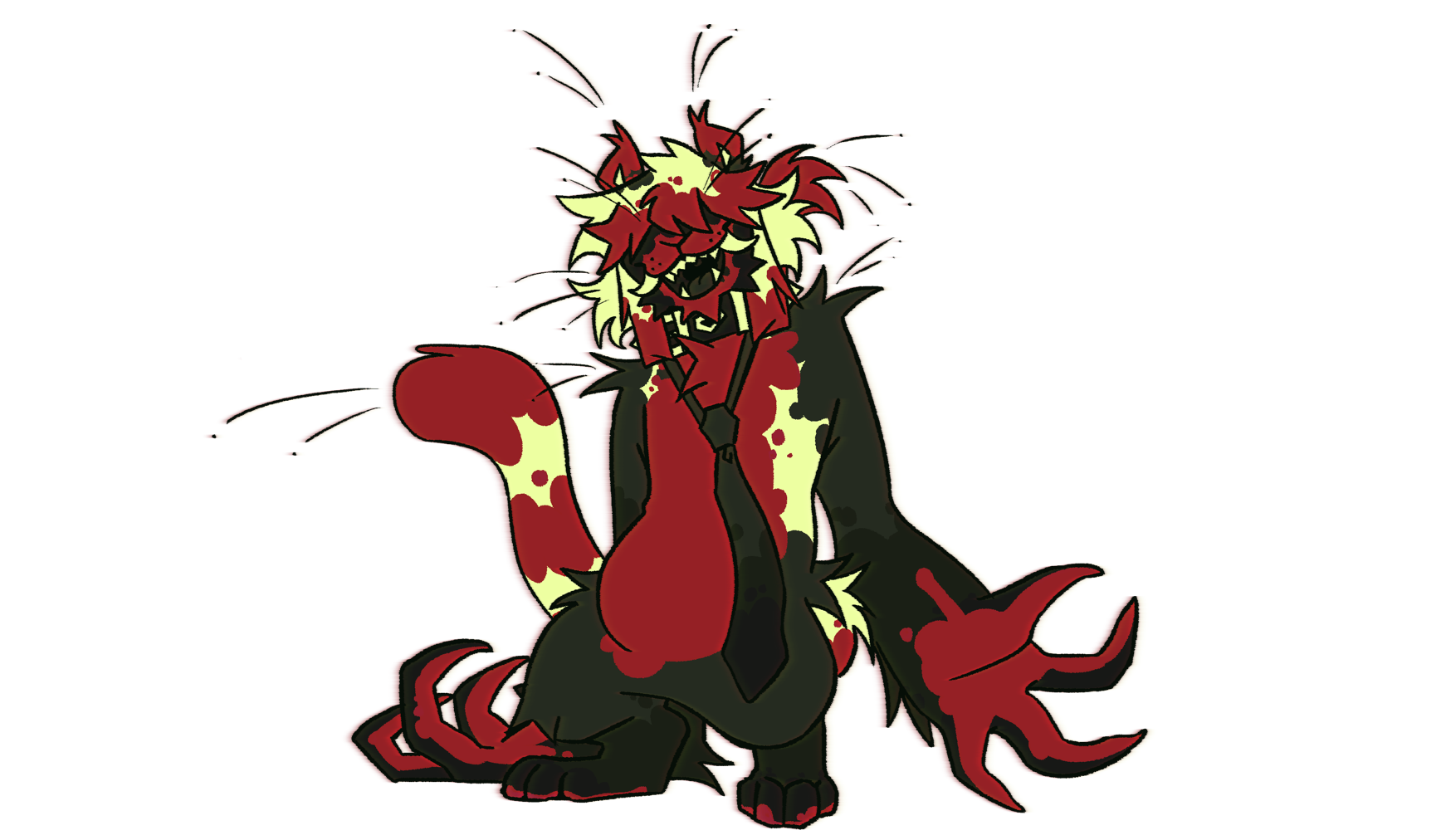
Ramcoon's attachment is a Raccoon with addittional features of extended
canine teeth and arms.

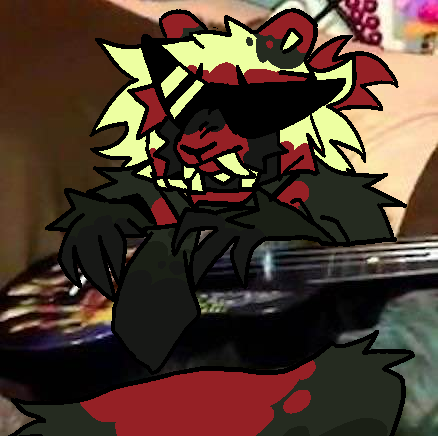
---
Penicillium Chrysogenum
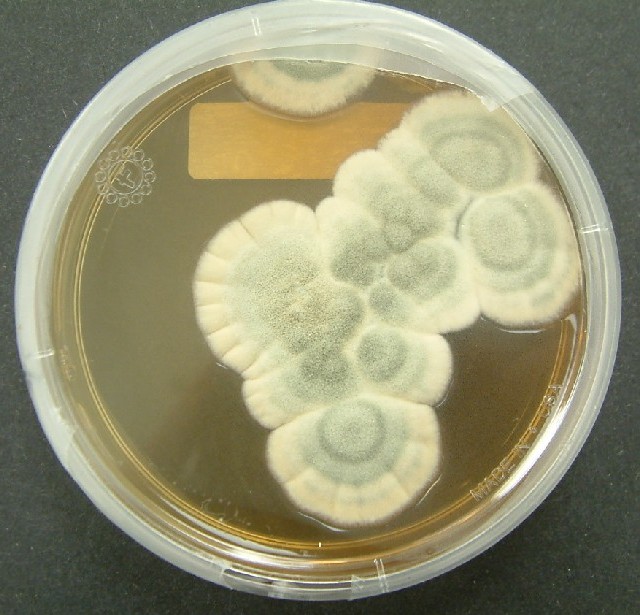
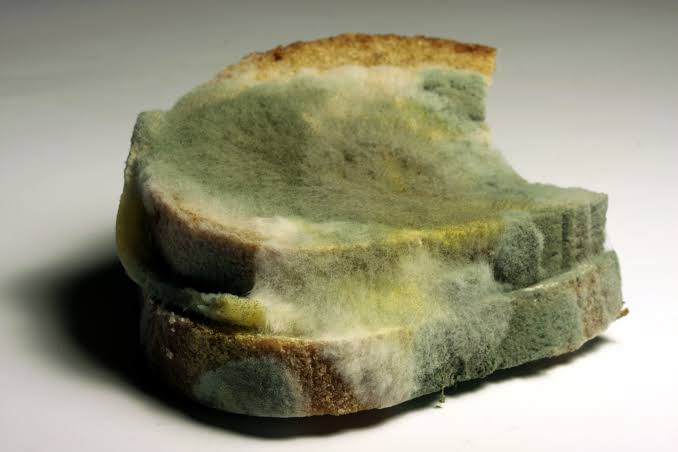
Not to be mistaken with Penicillin, Penicillium is the species of mould
used to create Penicillin. Under the conditions of being grown within a fermenter
and provided with sugary nutrients and nitrogen, Penicillium will begin to produce
Penicillin, an antibiotic used to treat basic bacterial infections such as ear
infections, UTIs and sore throats. Unlike Penicillin, Penicillium is a musty,
allegenic mould that can cause symptoms of heyfever and lung inflamation.
Tubifera Ferruginosa

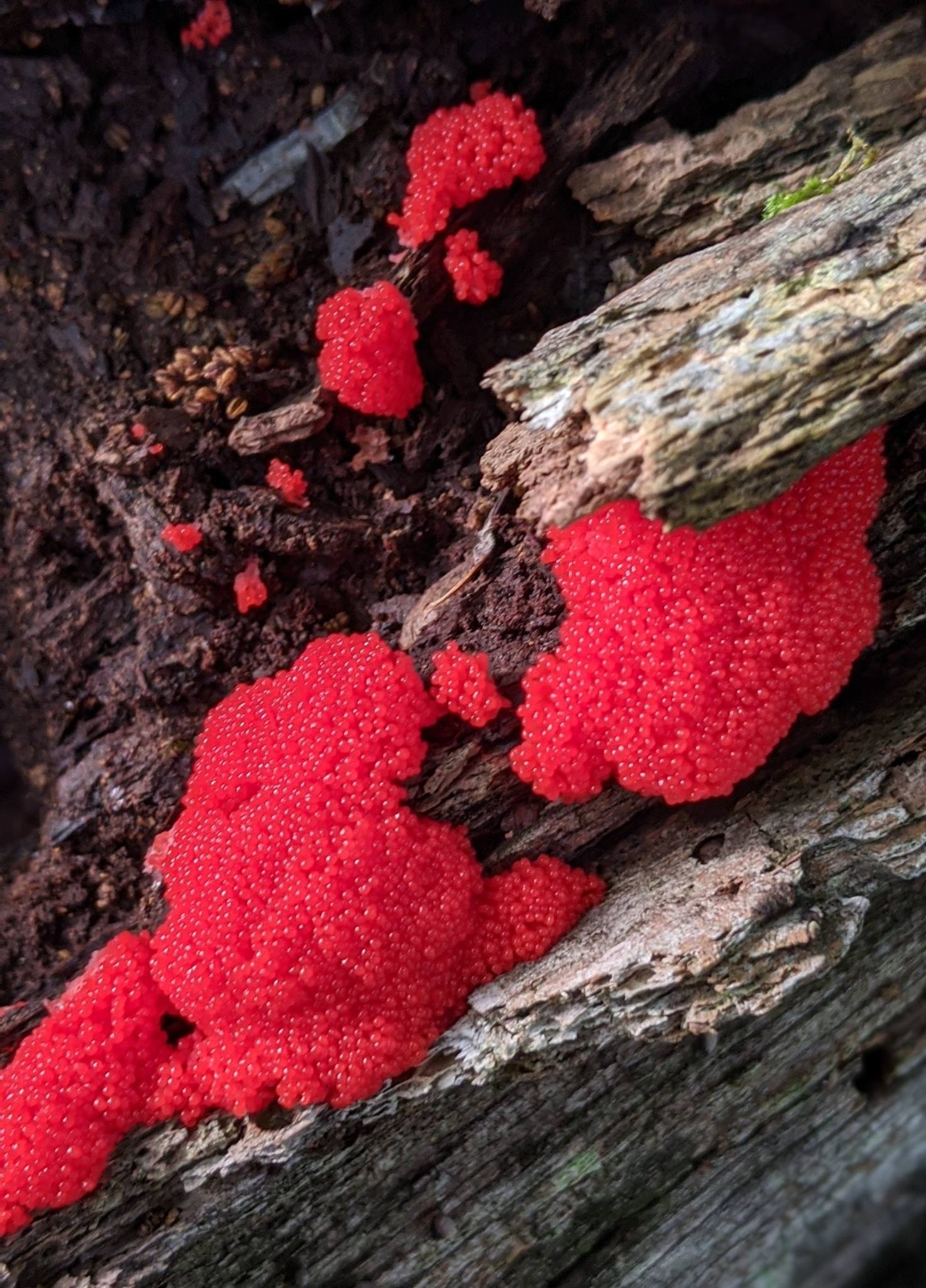
Despite being named slime MOULD, slime moulds are not actual fungi. Instead
they are characterised more as single-celled organisms similair to amoebas.
Tubifera Ferruginosa, more commonly titled the 'Red Rasberry Slime Mould' is
one of the most common slime moulds found within Europe and North America.
During the months of June to November, T. Ferruginosa dons a bright red
pigment however as it matures during the late autumn and winter it
turns to a more purple-brown like hue.
So yes this does mean that Ramcoon turns purple in the colder half of the year :]
Stachybotrys chartarum
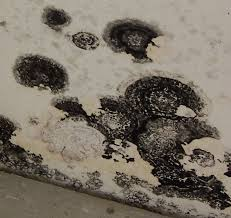
_S._Hughes_43158.jpg)
Usually refered to as THE toxic black mould, despite there being no
evidence of any significantly deadly health problem being directly tied
to Stachybotrys to make it any worse than other moulds. It is also
characterised as a fairly uncommon mould due to its slow-growing nature
it does not often compete with other moulds, most times being found on its own.
Aspergillus
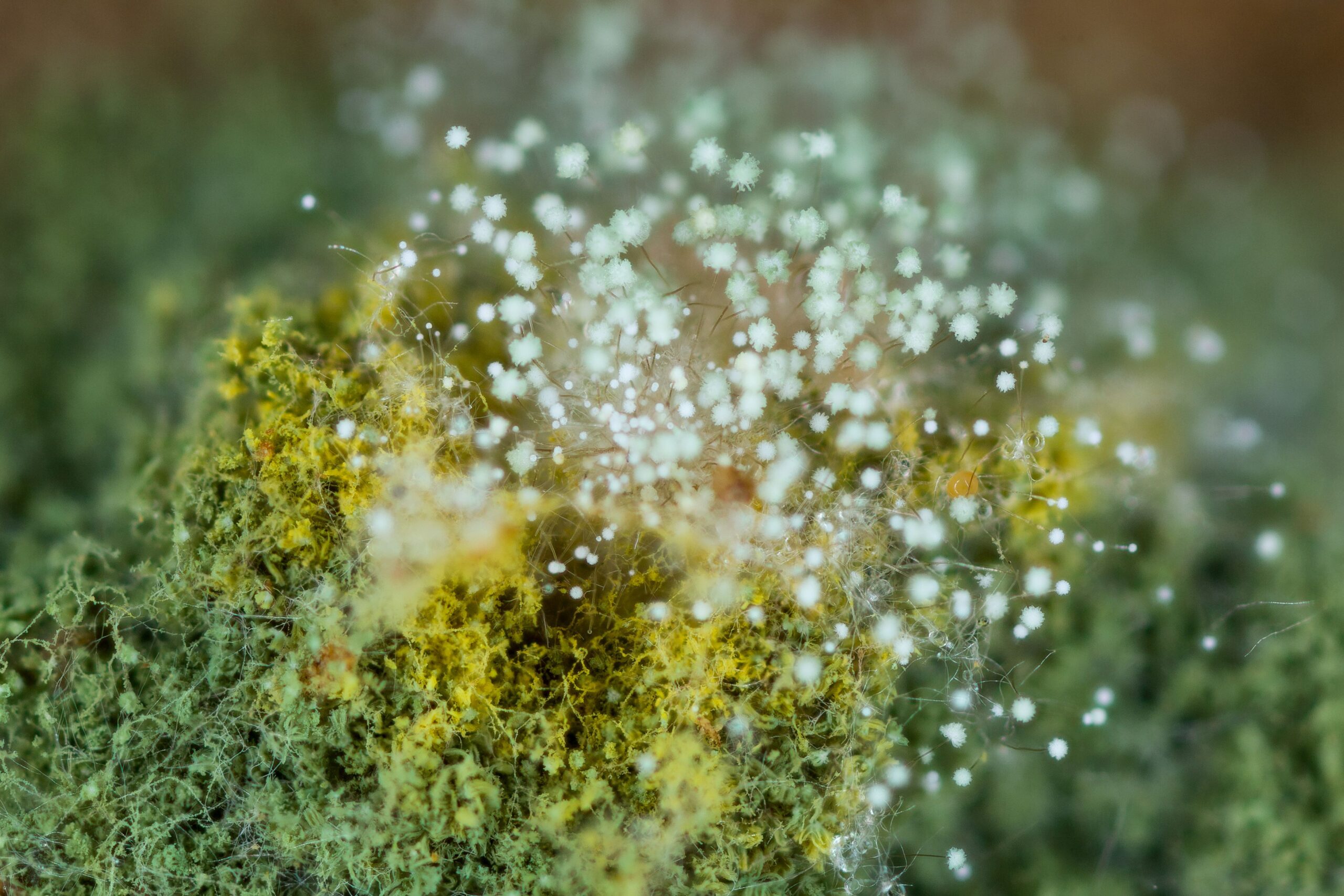
There are a multitude of Aspergillus species that range in various
commercial and medical uses, for example, A. Oryzae is used to ferment Sake
when regular yeasts are incapable of breaking down the starches present within
the rices and other stronger starchy ingredients that are usually used over
ingredients like Grapes. On the other hand, other species such as A. Lentulus or
A. Flavus are known to cause the spread of Aspergillosis, a group of infections that
usually affect people with immunodeficiencies causing syptoms such as fevers, cough,
chest pains and breathlessness, and can grow into the flesh tissue surrounding
the lungs or will form a fungus ball within the lungs themselves.
